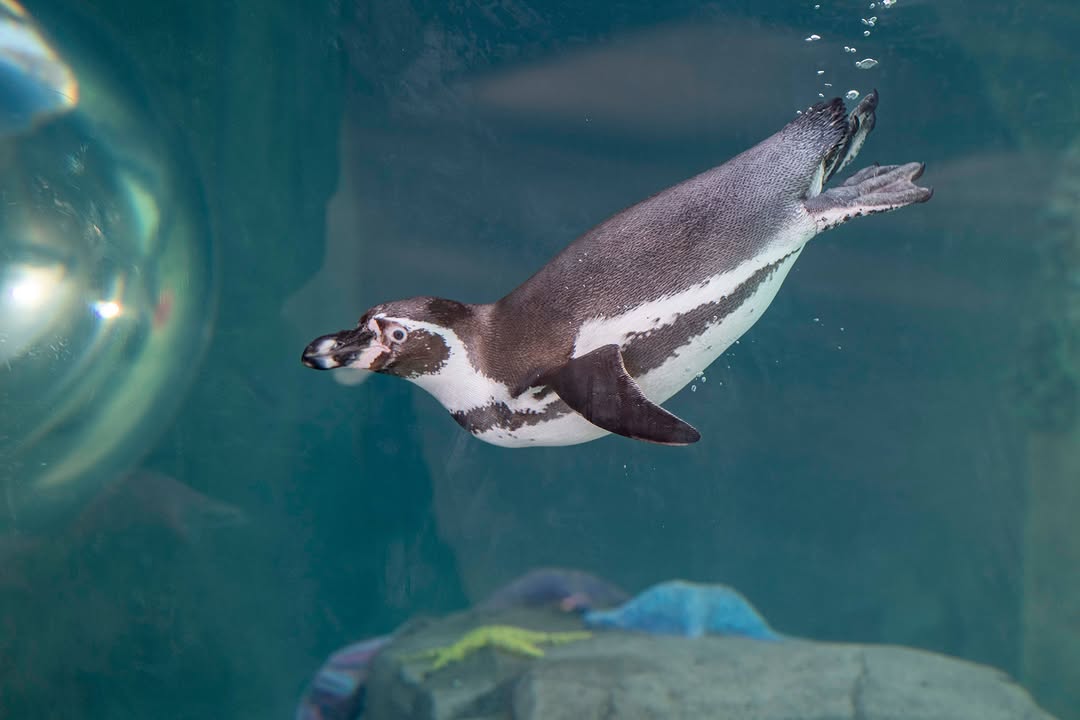- Unique Adaptations and Behavior of Pacific Penguins
- The Significance of the “Bubble” Window in Penguin Observation
- Conservation Efforts for Pacific Penguins
- The Role of Zoos in Educating the Public About Penguins
- Technological Innovations in Capturing Penguin Photography
Penguins, particularly those inhabiting the Pacific, capture the fascination of the scientific community and the public alike. These birds are a marvel of adaptation, having evolved traits that enable survival in diverse and challenging environments. The primary species within the Pacific region include the Humboldt, Galápagos, and the occasionally seen Magellanic penguin. These species are subject to dedicated research to understand their unique ecologies and behaviors.
Pacific penguins are predominantly coastal creatures, thriving in the temperate and subtropical climates of the eastern Pacific. The Humboldt penguin, for example, lives along the coasts of Peru and Chile, using its streamlined body to navigate through the cold Humboldt Current. Their dense bones allow them to dive deep to hunt for fish, and their distinctive pink patches of bare skin around their eyes help regulate their body temperatures in variable climates.
Behaviorally, Pacific penguins have developed a range of social interactions. These include vocalizations and physical displays that define territory or attract mates. Their ability to gather in large colonies serves as protection against predators and harsh conditions. The intricate structures of these social systems often mirror complex behaviors adapted over millennia, showcasing evolutionary ingenuity.
This captivating view is brought into sharper focus through the “bubble” window experience. Zoos, aquariums, and wildlife parks have ingeniously integrated these transparent viewing areas to provide an up-close look at aquatic life. These windows offer a unique vantage point for observing the penguins’ underwater behavior as they dive and glide with incredible agility. Visitors can appreciate the biomechanics of swimming penguins and witness their playful interactions below the waterline.
Incorporating the “bubble” window into the exhibit design enhances educational opportunities. Visitors gain insights into the physics of penguin locomotion and the intricacies of their social structures. The proximity achieved through these windows fosters a connection with the animals, emphasizing the importance of their conservation.
The challenges faced by Pacific penguins are numerous. Climate change remains a constant threat, impacting food availability and habitat stability. Efforts to conserve these species are paramount. Conservation programs focus on habitat protection, sustainable fisheries management, and mitigating human-related disturbances.
Colony monitoring through satellite tagging and other non-invasive methods provides vital data on migration patterns and population health. Collaborative efforts involving international conservation organizations work to create awareness and legislative action to protect these remarkable birds.
Zoos are crucial in promulgating knowledge about penguins to the public. By showcasing Pacific species, these organizations emphasize the importance of biodiversity and ecosystems. Interactive exhibits and informational programs engage visitors and disseminate information about penguin habitats, behaviors, and conservation.
Moreover, zoos often participate in breeding programs aimed at boosting population numbers and ensuring genetic diversity. This is crucial, given the declining number of penguins in the wild. These breeding initiatives, often part of broader conservation strategies, showcase the importance of captive management in conserving Pacific species.
Photography plays an essential role in documenting penguin life and raising awareness. Technological advancements allow for capturing high-resolution images and videos, even in challenging environments. Underwater drones and remotely operated cameras provide unparalleled access to natural penguin habitats. These images contribute to both science and visual storytelling, helping convey the needs and beauty of penguin species to a global audience.
The advent of digital media has also amplified educational outreach, with photo dumps shared across platforms, raising awareness and funds for conservation efforts. Enthralling photographs create a compelling narrative about penguins, highlighting both their charm and the tribulations they face.
The marriage of zoology, technology, and conservation forms a cornerstone for understanding and preserving Pacific penguins. From the unique vantage of the “bubble” window to the collaborative conservation efforts, each aspect intricately contributes to the survival of these splendid birds. The collective endeavors rendered by research, photography, and educational programs ensure that future generations will also learn from and cherish the Penguins of the Pacific.
*****
Source Description
Penguins of the Pacific photo dump. 🐧💚🐧
Imagine the view from the “bubble” window where you will get a nose-to-beak experience with the flock!


